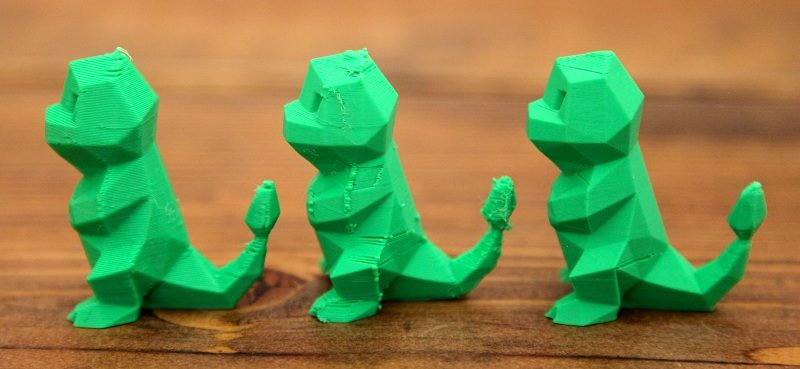Printers for 3D printing are not only multifunctional, but also incredibly fashionable devices. Obviously, these days they are at the peak of popularity and more and more people want to buy a 3D printer in order to try their hand at this field.
However, before it is not superfluous to stock up on knowledge and useful information about this equipment. That’s what industry professionals advise – people who use 3D printing for several years.
1) You should clearly understand that the 3D printer for the house is not a 3D printer for housewives, no matter how the manufacturer did not convince you that you only need to turn it on and the printing will begin by itself. The amount of knowledge of how everything really works should be no less than your curiosity and desire to try printing more quickly. To date, only very few printers are able to really work out of the box. But even with them, sooner or later, you will have to solve a number of technical issues related to the maintenance or replacement of parts.
2) Do not start printing without an accurate calibration. Again models that have auto-calibration while a few units, but in this case, I strongly recommend to study the principles of setting up a 3D printer. Do not rely on automation, check your work area, pulleys and belts, keep all the main components clean. Now the thematic forums are filled with messages about dozens of different problems related to 3D printing. People are frustrated and send curses to manufacturers, but in 9 cases out of 10, the cause of all troubles is incorrect calibration or its complete disregard. Once again: study the principles of calibration of a 3D printer and in time, you will be able to determine literally by ear, if something goes wrong.
3) Do not focus on one reason; if suddenly the simulation will occur with errors. 3D printers are technically complex devices and often the sources of the problem can be several. For example, slippage of a yarn during printing can be caused by insufficient tension of the fixing screw on the extruder, contamination of the nozzle, improperly set feed rate, too low temperature, too high temperature, or just a combination of several of these factors.
4) Anyone who takes the first steps in 3D printing – start with a simple one. From the most simple. After you have assembled and configured the printer, print a few 20 to 20 mm cubes. I agree, it sounds boring, and you do not want this from your 3D printer. But it is such simple objects that will allow you to understand how the machine works, how it is best calibrated and tuned for your further tasks. Print monolithic cubes to check for continuous extrusion and calibration accuracy. Print the hollow inside the cubes to check the minimum wall thickness and strength. As in any case – to achieve outstanding results, you first need to fill your hand with routine tasks.
5) You cannot do without advice on the calibration of the working platform – in any case, do not ignore this point. The more time you spend with the 3D printer at the initial stage and the more you learn about the principles of its operation, the less you will make mistakes in the future. Most likely, paying proper attention to the settings, you will do without them at all. Even if your printer is equipped with an automatic calibration system, check the position on the X, Y and Z axes yourself – everything should be perfectly smooth at an angle of 90 degrees. The printing of small cubes, which I advised a little earlier, will help you to make sure of this.
6) Do you think with the cubes all? No matter how it is! It is these little figures that will help you print accuracy. We agreed with you that each edge of the cube would be 20 mm – armed with an electronic caliper you can see whether it is so or not. In particular, I recommend that you perform this check for those who collect 3D printers on their own. Often, in the open source code, there is the possibility of micro-correction of the print step. In other words, you yourself are able to determine the reference millimeter, which your machine will take as a basis.
7) Remember two important rules: the rule is 45 degrees and the rule is 0.25 mm. The first is the golden mean, which will provide you with a good quality of ready models. In this case, you do not need additional support elements, which means that the surface of the part will be perfectly smooth.
8) Explore the world of materials for 3D printing. After you get enough experience with ABS plastic or PLA-plastic, you should definitely try something new. The artist does not use only two colors, so you do not have to limit yourself – only in this way, you will be able to appreciate the creator’s own potential and all the possibilities of his printer.
Individual materials are created from original composite mixtures, which will allow you to get something more than just plastic trinkets on the output. In the end, you can even make finished products for sale, for example, from yarns with a wood structure or luminescent plastic.
